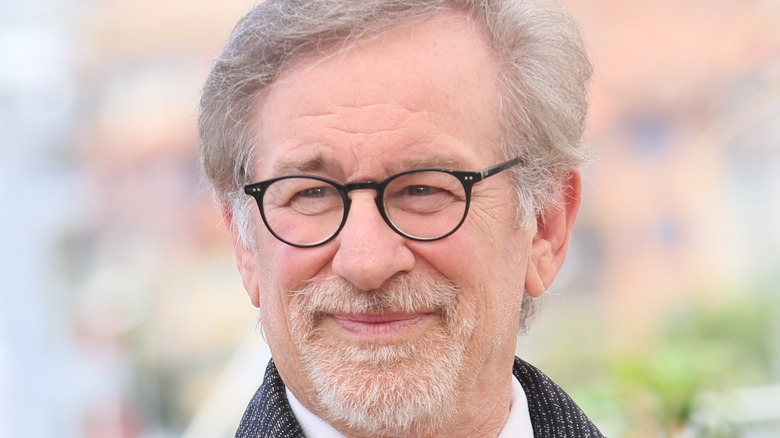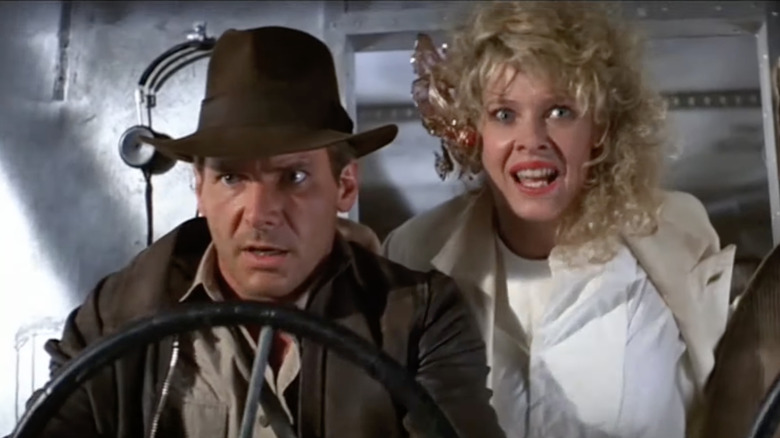The Real Story Behind The Creation Of The PG-13 Rating
When audiences aren't exactly sure what to expect from a movie but are interested in the cover or synopsis, the movie's rating is a good indicator of what's to come. The practice of rating movies was established in 1968 as a way to communicate to parents or guardians whether or not a movie is appropriate for a child (via Motion Picture Association).
While it's been in use for over 50 years, the rating system wasn't always as broad of a scale as it is today. In fact, the step between a PG-rated, or Parental Guidance Suggested, film to an R-rated film, which is restricted for those under the age of 17, was nonexistent. Because of this, a lot of movies were difficult to place, being too easygoing to earn that R rating but still not entirely appropriate enough to be rated PG.
This upset a lot of parents and meant that kids could be going into theaters seeing a movie that they maybe weren't ready to see. So how did movie ratings expand to include the movies that were caught in the middle? A PG-13 movie rating was born. While we're used to seeing "PG-13" on movies today, the story of how it came to be is quite interesting.
Steven Spielberg and Indiana Jones are responsible for the PG-13 movie rating
Steven Spielberg, the creative mastermind behind movies like 1982's "E.T. the Extra-Terrestrial" and 1993's "Jurassic Park," has made a huge impact on cinematic history in a variety of ways. In 1984, after working on "Indiana Jones and the Temple of Doom," Spielberg found himself in a frustrating situation when it came to the rating of the film. The movie wasn't gruesome or frightening enough to be reserved only for adult audiences, but it wasn't entirely appropriate for small children either.
In an interview with Vanity Fair, Spielberg recalls calling the then president of the Motion Picture Association, Jack Valenti, and voicing his idea to add another rating that would help bridge the gap between an R rating and a PG-13 rating as a way to not only keep the integrity of films but to place them with the correct audiences as well.
Ultimately, "Indiana Jones and the Temple of Doom" held on to a PG rating, but later that year, the movie "Red Dawn" became the first movie ever released in theaters with a PG-13 rating (via The Hollywood Reporter). Since then, PG-13 has remained one of the main categories in terms of movie ratings and helps parents and guardians determine at their discretion whether or not a child is ready for the content of a movie.

